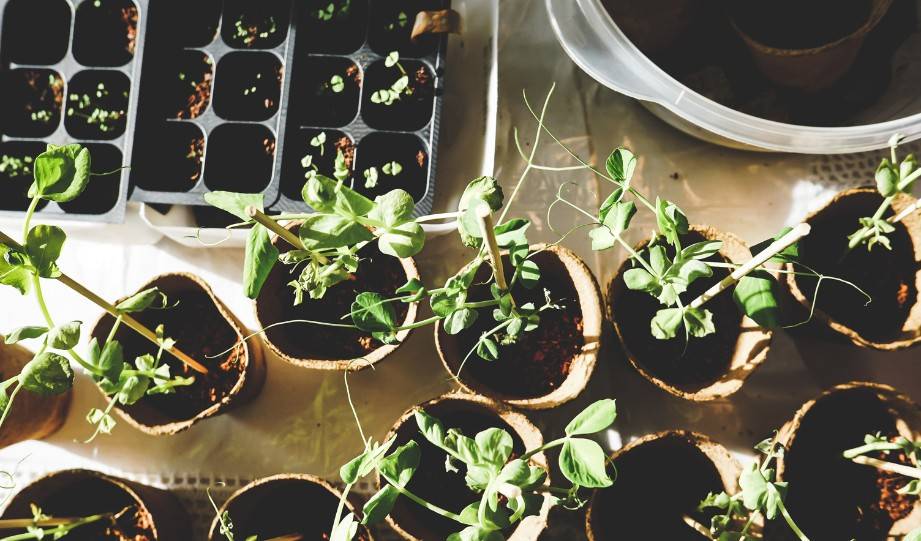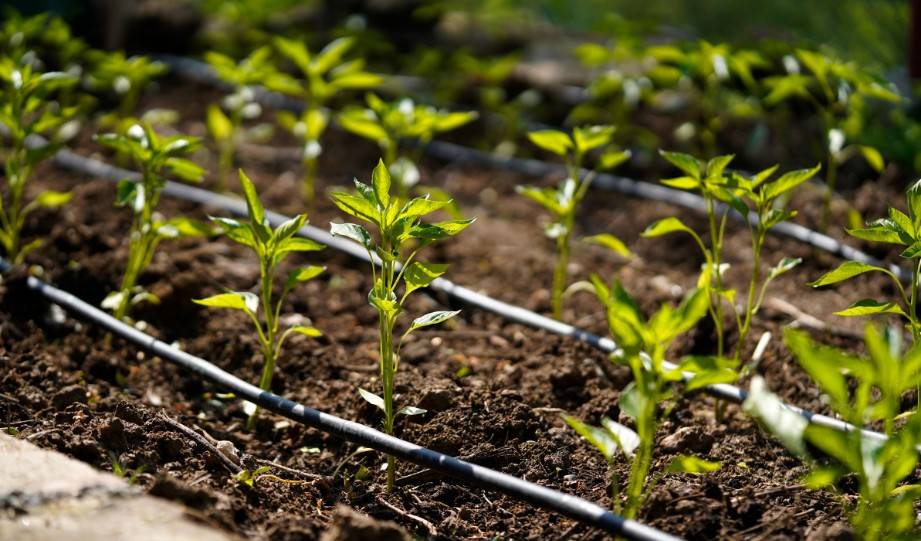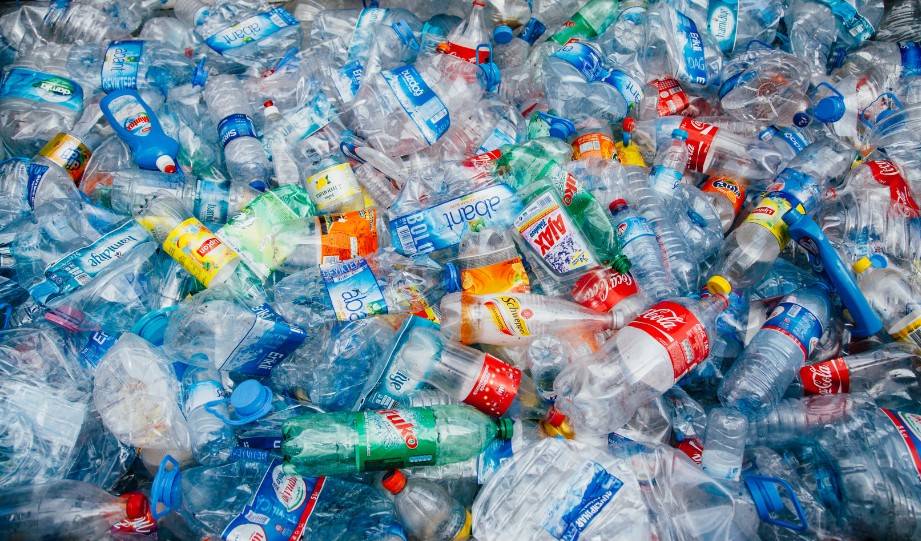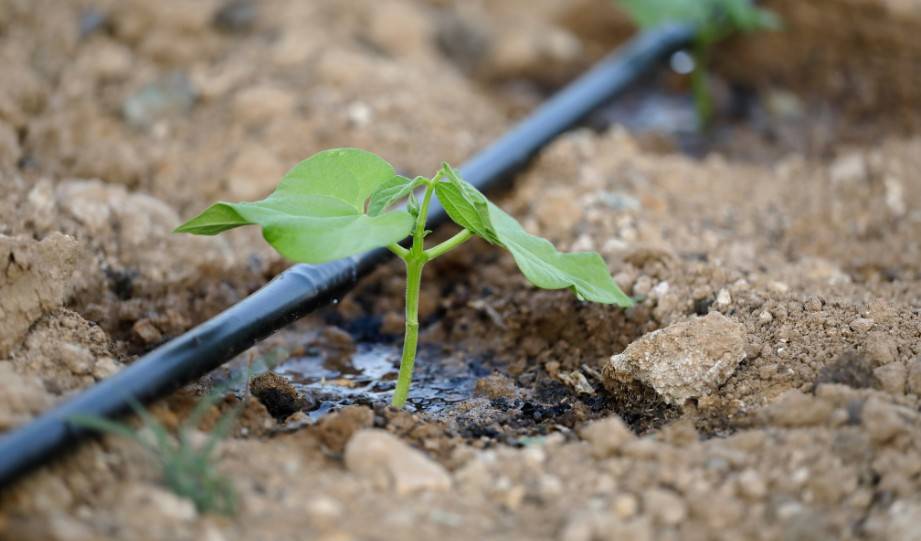I stumbled upon the concept of drip irrigation during a dry summer, where water conservation was not just ideal, but necessary. This method not only saved water but also delivered it directly to where my plants needed it most — their roots.
Intrigued by the potential for upcycling, I explored using recycled bottles for drip irrigation. This discovery was a game-changer, offering an eco-friendly solution that was both simple and effective.
Let’s dive into how you can do the same in your garden.
Planning Your Drip Irrigation System
Assessing Your Garden's Needs

Before diving into the construction of your drip irrigation system, it’s crucial to assess your garden’s specific needs.
The water requirements of your plants can vary widely, depending on their type, size, and stage of growth. A succulent’s needs, for instance, differ vastly from those of a tomato plant.
Climate plays a significant role in this equation too. Gardens in dryer regions or those experiencing a drought will have different watering needs compared to those in more temperate zones.
Understanding your local climate helps in planning the frequency and volume of irrigation required.
Soil type is another key factor. Sandy soils drain quickly and may require more frequent watering, while clay soils retain moisture longer, potentially reducing the need for water.
Conducting a simple soil test can provide insight into your garden’s composition and help tailor your irrigation strategy.
Incorporating these considerations ensures your DIY drip irrigation system is not just environmentally friendly but also perfectly matched to your garden’s unique environment.
This thoughtful planning is the foundation of efficient, sustainable gardening practices that conserve water and support your plants’ health and growth.
Gathering Your Materials

Gathering the right materials is your next step towards building a sustainable drip irrigation system. Here are the materials you’ll need:
- Recycled Bottles: Look for plastic bottles of various sizes from your recycling bin or local community. These will be modified to drip water to plant roots.
- Sharp Tool for Puncturing: Use a drill with a small bit or a nail and hammer to puncture the bottles.
- Cutting Tool: A sharp knife or scissors to cut the bottom off the bottles.
- Thin Tubing: If connecting the bottles to a water source, thin tubing that fits the bottle necks is necessary.
- Silicone Sealant: Ensure a watertight connection between the tubing and bottles.
- Marker: For labeling your bottles and irrigation setup.
- Measuring Tape: To accurately space out your irrigation points in the garden.
Step-by-Step Guide to Assembling Your Drip Irrigation System
Preparing Your Bottles
Assembling your drip irrigation system begins with preparing your recycled bottles. This process is straightforward but crucial for the effectiveness of your irrigation system.
Follow these steps to ensure your bottles are ready to water your garden efficiently:
1. Cleaning the Bottles
Begin by thoroughly washing the recycled bottles to remove any residue.
Use warm, soapy water and a bottle brush to clean the insides. Rinse well.
2. Removing Labels
Peel off any labels from the bottles.
For stubborn adhesive, a mixture of baking soda and cooking oil can help dissolve the glue. Apply, let it sit for a few minutes, then scrub off.
3. Cutting the Bottom Off
With a sharp knife or scissors, carefully cut the bottom off each bottle.
This opening will allow you to fill the bottle with water and also makes it easy to insert into the soil.
4. Puncturing Watering Holes
Use a small drill bit or nail to puncture 4-5 small holes in the cap of the bottle.
These holes should be small enough to allow water to drip slowly, providing a steady water supply to the roots.
5. Optional: Connecting to a Water Source
If you plan to connect your bottles to a water source, carefully cut a hole in the side of each bottle near the top and insert the thin tubing.
Secure the connection with silicone sealant to prevent leaks.
Installing the System
Installing your drip irrigation system is the final step in ensuring your garden receives the efficient, targeted watering it needs.
Here’s how to lay out the bottles and, if necessary, connect them to a water source:
1. Positioning the Bottles
Dig a small hole next to each plant where you plan to install a bottle.
The hole should be deep enough for the bottle’s neck (with the cap and punctured holes facing down) to be buried slightly under the soil surface. This ensures water reaches the roots directly.
2. Burying the Bottles
Insert the neck of the bottle into the hole, cap side down. Fill back the soil around the bottle, securing it in place.
Leave the cut bottom of the bottle exposed above the soil for easy refilling.
3. Filling with Water
Pour water into the open end of each bottle.
For larger gardens, you might consider a funnel to make this process faster and easier.
4. Connecting to a Water Source (Optional)
If you’ve prepared your bottles to connect to a centralized water source, lay out the thin tubing across your garden, connecting each bottle as planned.
Use a water timer or manual control to regulate the flow according to your garden’s watering needs.
Maintenance and Troubleshooting
Keeping Your System Running Smoothly
Maintaining your DIY drip irrigation system ensures it continues to water your garden efficiently, keeping it lush and thriving.
Here are key maintenance tips and seasonal adjustments for optimal performance:
Routine Checks
Regularly inspect the bottles and tubing for clogs or leaks.
Clear any debris from the bottle caps to keep water flowing smoothly.
Cleaning
Every few months, remove the bottles from the soil and rinse them out to prevent buildup.
Check the tubing for any blockages, using a thin wire to clear any obstructions.
Seasonal Adjustments
As seasons change, so do the watering needs of your garden.
In hotter months, you might need to refill the bottles more frequently.
Conversely, in cooler or rainy seasons, reduce the frequency to avoid overwatering.
Common Issues and How to Fix Them
Even the most well-planned drip irrigation systems can encounter issues. Here’s how to identify and fix common problems:
Leaks
If you notice water pooling around the bottle instead of dripping, check for cracks in the bottle or loose connections in the tubing.
Seal any cracks with silicone sealant and tighten connections to stop leaks.
Blockages
A reduced flow or no water dripping indicates a blockage. This often occurs in the bottle caps.
Unscrew the cap and use a pin to clear the holes.
Also, check the tubing for kinks or debris; flush it with water to remove any blockages.
Uneven Water Distribution
If some plants are receiving too much water while others are dry, reevaluate the placement of your bottles.
They may need to be moved closer to or farther from certain plants to balance the water distribution.
Understanding Drip Irrigation
What is Drip Irrigation?

Drip irrigation is a highly efficient watering method that delivers water directly to the soil around the roots of plants, using a system of tubes, valves, and emitters.
Unlike traditional watering methods, drip irrigation minimizes evaporation and runoff, ensuring water is used precisely where it’s needed.
The concept of drip irrigation dates back to ancient times, with modern iterations developing significantly in the 20th century to support sustainable agriculture.
This method has been adapted for use in everything from vast agricultural fields to compact urban gardens.
Key benefits of drip irrigation include significant water conservation, reduced weed growth due to targeted watering, and the ability to customize water delivery based on specific plant needs.
This makes it an ideal solution for gardens of any size, promoting healthier plant growth and yield by providing a consistent, controlled supply of water directly to the plant roots.
Why Recycled Bottles?

Choosing recycled bottles for a DIY drip irrigation system taps into the heart of sustainable gardening practices. By repurposing plastic bottles, we not only divert waste from landfills but also lessen the environmental impact associated with the production and disposal of plastics.
This approach embodies the principles of upcycling, where materials are given a second life in valuable applications, thus reducing our ecological footprint.
Moreover, the use of recycled bottles as a cornerstone of your irrigation system is remarkably cost-effective. These materials are readily available and often free, making this project accessible to gardeners on any budget.
It democratizes the idea of efficient watering systems, allowing anyone with a garden to implement a solution that is both eco-friendly and economical.
This method stands as a testament to the power of sustainable choices in our daily lives, highlighting how simple actions can contribute to a larger environmental solution.
The Impact of Your Efforts
Environmental Benefits of a Drip Irrigation System

The environmental benefits of using recycled materials in your drip irrigation system are substantial.
By repurposing plastic bottles, you’re directly contributing to reducing waste and the demand for new plastic production, which in turn decreases pollution and energy consumption associated with manufacturing.
Furthermore, the water-saving nature of drip irrigation aligns with crucial conservation efforts, significantly cutting down on water usage in gardening.
These actions collectively contribute to a healthier planet by mitigating resource depletion and promoting sustainable living practices.
Engaging in such eco-friendly gardening techniques showcases a commitment to preserving our environment for future generations.
Enhancing Your Garden’s Health
Implementing a drip irrigation system using recycled bottles ensures a steady, controlled water supply directly to the roots of your plants, which is fundamental for optimal growth and yield.
This targeted watering method reduces the stress on plants from fluctuating moisture levels, promoting stronger root systems and healthier plant development.
By delivering water precisely where it’s needed, you minimize waste and ensure that each plant receives adequate hydration, even in varying soil conditions.
This consistent moisture availability can lead to more vigorous growth and abundant yields, enhancing the overall health and productivity of your garden.
Conclusion
In crafting a drip irrigation system from recycled bottles, we’ve explored a path that intertwines sustainability with gardening efficiency. This approach not only conserves water but also repurposes waste, significantly benefiting our environment and enhancing garden health.
I encourage you to embrace these sustainable gardening practices, recognizing the profound impact they have on our planet and the wellbeing of our plants.
Now, I urge you to take the initiative: build your own recycled bottle drip irrigation system. Share your journey and the results with your community, inspiring others to consider eco-friendly solutions in their gardening endeavors.


